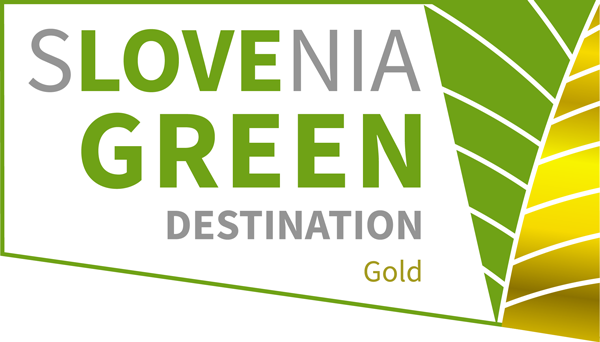
Karst is a treasure trove of natural and cultural heritage
Škocjan Caves Park, UNESCO heritage
The Škocjan Caves Park have featured on UNESCO’s World Cultural and Natural Heritage List since 1986. In 1999, they were entered on the Ramsar List of Wetlands of International Importance as an underground wetland. In 2004, the whole Park area was accepted into UNESCO’s Man and Biosphere Programme (MAB) as the Karst Biosphere Reserve. As a typical and most characteristic natural karst area, it represents one of the pearls of planet Earth.

The Škocjan Caves are a natural phenomenon of exceptional world value. In an area of 7 km, there are over 12 km of walking trails. Along the way, you can also admire one of the largest underground canyons and one of the largest underground halls in the world.
The Škocjan Caves Park is famous for its unique representation of flora and fauna in an extremely small area. The park is home to some endemic, rare, or endangered species, but the really distinctive feature is the presence of plants from previous geological periods. Among the animal species, bats have a special place, as 25 different bat species live in the area of the Škocjan Caves Park.
Numerous cultural, archaeological, settlement, art-historical, ethnological, technical and historical monuments also represent the exceptional value of the Škocjan Caves Park. Man has been attracted and inspired by caves since ancient times, and so many civilisations and cultures have left inestimable traces in this area.
Vilenica Cave
The karst underground is criss-crossed with numerous caves. Only a small part of this natural wealth is arranged for sightseeing. The Vilenica Cave near Lipica is the oldest show cave in Europe, and it has been open to visitors since 1633. The area between Vilenica, Lipica, and Sežana is one of the richest in caves in Slovenia.
Equestrian Park Lipica
The sublime white horses, named Lipizzan horses, are one of the most recognisable symbols of the Karst. They are named after Lipica, a karst village where there is the largest Lipizzaner stud farm in the world. The Lipica Stud Farm was founded in 1580, and it is the oldest European stud farm to be continuously breeding one of the oldest cultural breeds of horses. Today, there are more than 300 horses in their herd. You can ride them or admire them in the famous A Tale of Lipica show. The Lipica Equestrian Park is also famous as the most beautiful example of the Karst cultural landscape.

Karst architecture
The typical karst landscape with karst villages and houses is the result of a century-long adaptation of the people to the realities of the Karst area. This relentless space, with little arable land and scarce water sources, was gradually designed by man to provide conditions for survival. The first human traces in the Karst date back to the Stone Age, and are around 70,000 years old. Evidence of permanent settlement, however, dates back to around 7,500 BC.
The largest part of the Karst architecture heritage is represented by the characteristic nucleated karst villages and the uniformly designed houses in them – Karst homesteads. Stone, plenty of which can be found in the Karst, is a basic building material. With its characteristic autochthonous architecture, the Karst co-creates a recognisable image of Slovenia.
Dry-stone wall construction
Dry-stone wall construction is the art of building without the use of any binding material. By selecting the available local stone, removed from the plots of arable land, and with a special knowledge that is passed from generation to generation, they created different types of solid-stone buildings in the Karst. Thus, corbelled huts were created, which offered shelter to shepherds, and dry-stone walls, which were used to separate the fields and to protect from wind and fire.
The mastery of dry-stone walling was included on UNESCO’s Representative List of Intangible Cultural Heritage of Humanity in 2018.

Archaeological sites
In the Karst, there are plenty of remains of hillforts, an almost ignored cultural heritage dating back to the prehistoric period, and the Bronze and Iron Ages (2nd and 1st millennium BC). There are 198 registered archaeological sites in the Karst and Brkini area.
Biodiversity
The exceptional diversity of plant and animal species ranks the Karst among the richest natural areas in Europe, and represents one of the "hot spots" of biodiversity in the world. A number of very sensitive animals, plants, and organisms live here, which is wonderful evidence that the Karst is a friendly living environment. Most of the Karst plateau is included in Natura 2000, a European network of protected areas for the conservation of biodiversity.

Don’t ignore some interesting facts. More than 300 species of butterflies live in the Karst. Of the 30 species of bats that live in Europe, 25 can be found in the area of the Škocjan Caves Park, which also fascinates the visitor with its variety of extremely rare plant species.




